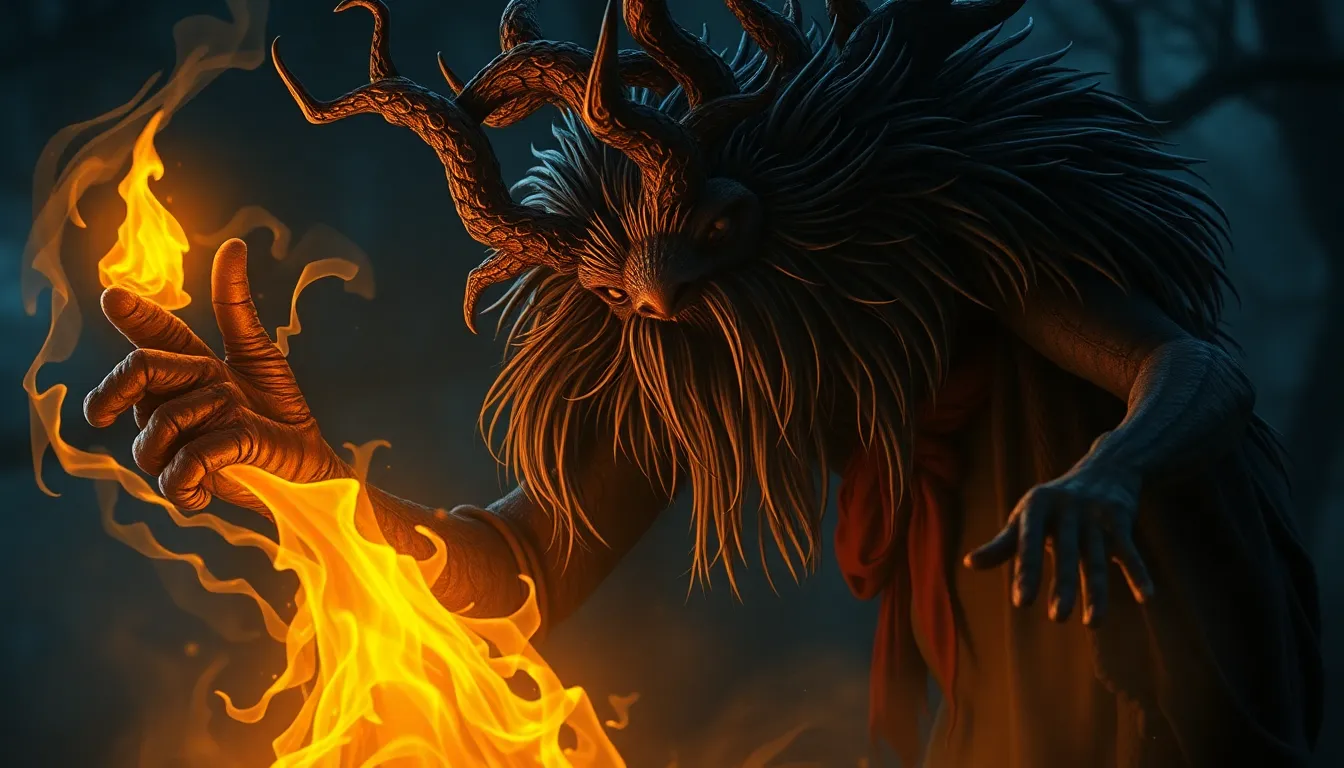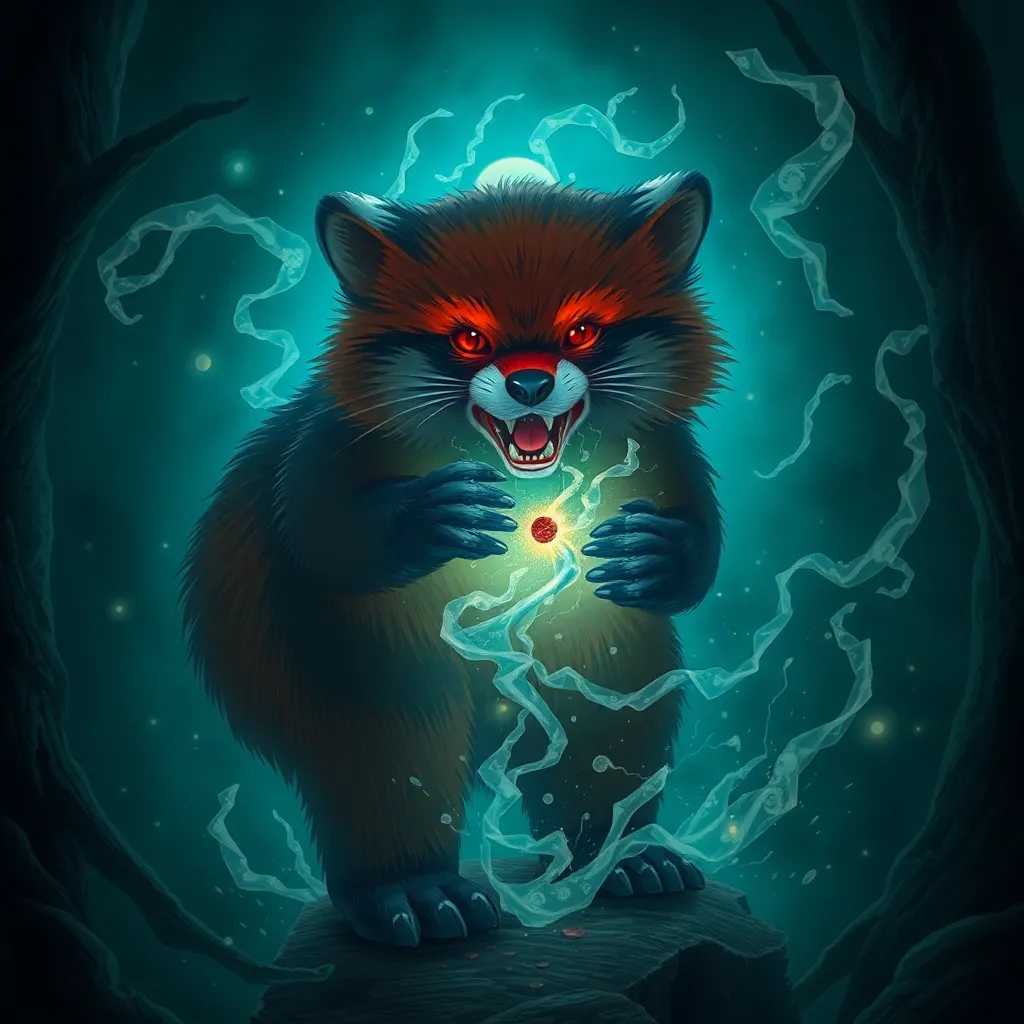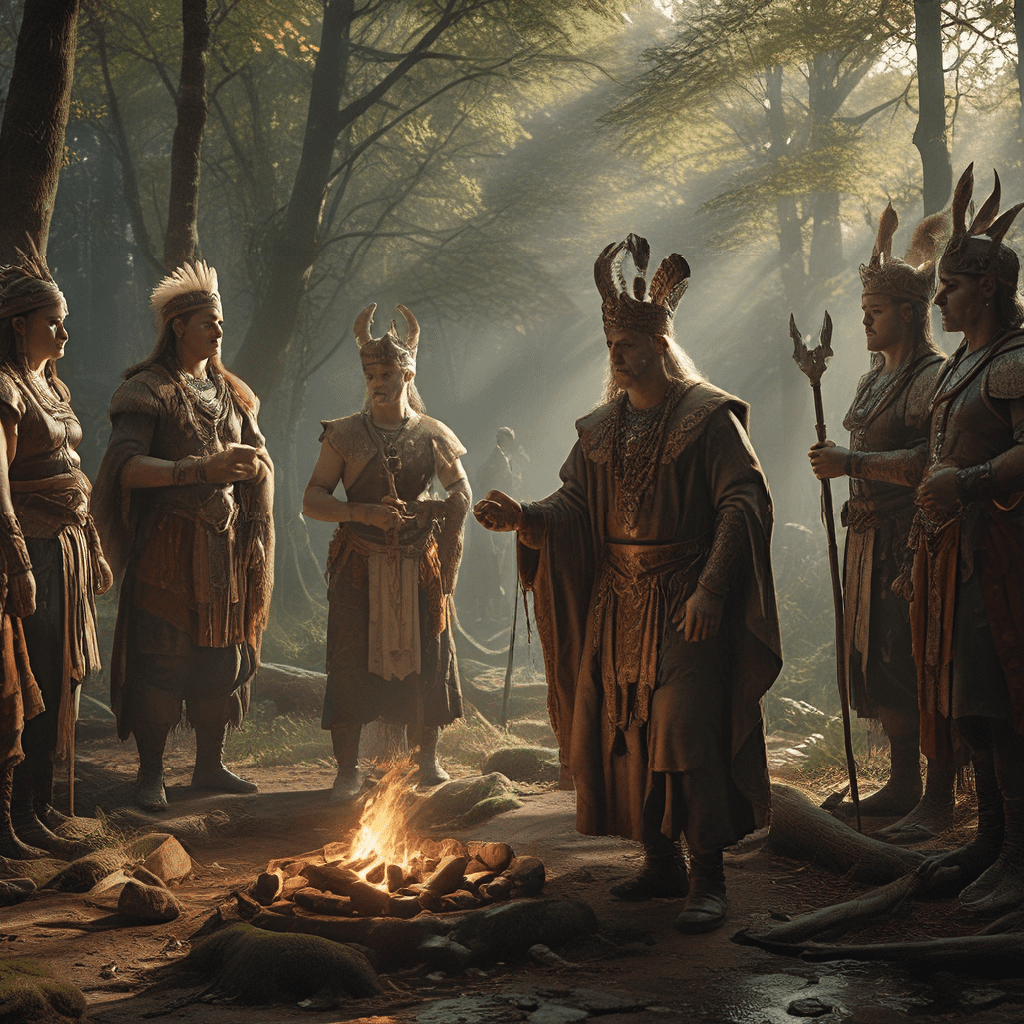Origins of Death and Creation in Finnish Mythology
Finnish mythology is deeply intertwined with the concept of the dance of life and death. This interplay is reflected in the creation stories, where the primordial waters give birth to both life and death, represented by the deities Väinämöinen, the creator, and Tuoni, the ruler of the underworld.
Tuoni: The Underworld and Its Ruler
Tuoni's domain, the underworld, is known as Tuonela, a realm of shadows and silence. Tuoni, a formidable figure, guards the entrance to Tuonela, deciding who may enter and who must remain in the realm of the living. His name resonates with the word "tuoni," meaning both "death" and "destruction."
Väinämöinen's Quest to the Afterlife
The epic poem "Kalevala" narrates Väinämöinen's journey to Tuonela. Driven by the desire to retrieve the missing Sampo, a magical artifact that brings prosperity, Väinämöinen confronts Tuoni and his challenges. His perilous journey symbolizes the universal quest to understand death and the meaning of life.
Death and Resurrection in Kalevala Tales
In the "Kalevala," death and resurrection are central themes. Heroes slain in battle are often revived, signifying the cyclical nature of life and death. The poem depicts the interconnectedness of the living and the dead, as characters communicate with the spirits of their ancestors.
The Ritualistic Symbolism of the Bear
The bear holds significant symbolism in Finnish mythology, embodying strength, power, and the spirit of the ancestors. Bear rituals were practiced to promote fertility and healing. The bear's connection to both the living and the dead made it a revered animal, representing the liminal space between worlds.
6. Animal Guardians: Deer and Birds as Messengers from Beyond
In Finnish mythology, animals served as guardians and messengers between the living and the dead. Deer, with their gentle nature, guided souls through the underworld, while birds carried messages from the dead to the living. The swift flight of birds symbolized the transition between realms.
7. The Power of Incantations and Shamans
Shamans held a central role in Finnish mythology, mediating between the living and the dead. Through incantations and rituals, they could communicate with the spirits of the departed, influence the course of events, and heal the sick. Their knowledge and abilities bridged the gap between the physical and spiritual worlds.
8. Sacrifices and Death Rites: Honoring Ancestors
Death rites and sacrifices held deep significance in Finnish culture. Sacrifices were made to honor the dead, appease spirits, and ensure a smooth transition to the afterlife. Rituals, such as the "Kalmasauna," involved heating the sauna to purify the deceased's soul before burial.
9. Death's Embrace: From Fear to Reverence
Finnish mythology gradually evolved from a fear of death to a reverence for its transformative power. The dead were not seen as merely gone but as ancestors who continued to watch over their descendants. This shift in perspective fostered a deeper understanding of life's transience and the cyclical nature of existence.
10. Conclusion: Life's Eternal Journey through Finnish Myth and Tradition
Finnish mythology presents a profound exploration of the dance of life and death. From the primordial waters of creation to the rituals honoring the dead, the interconnectedness of life and death is a central theme. Through stories, symbols, and rituals, Finnish mythology provides a framework for navigating the mysteries of mortality and embracing life's eternal journey.
FAQ
What is the significance of the bear in Finnish mythology?
The bear represents strength, power, and the spirit of ancestors. Bear rituals were practiced to promote fertility and healing, symbolizing the liminal space between worlds.
How did shamans mediate between the living and the dead?
Shamans used incantations and rituals to communicate with spirits, influence events, and heal the sick. They bridged the gap between the physical and spiritual realms.
What is the significance of death rites and sacrifices in Finnish mythology?
Sacrifices and rituals honored the dead, appeased spirits, and ensured a smooth transition to the afterlife. They fostered a reverence for death's transformative power.



